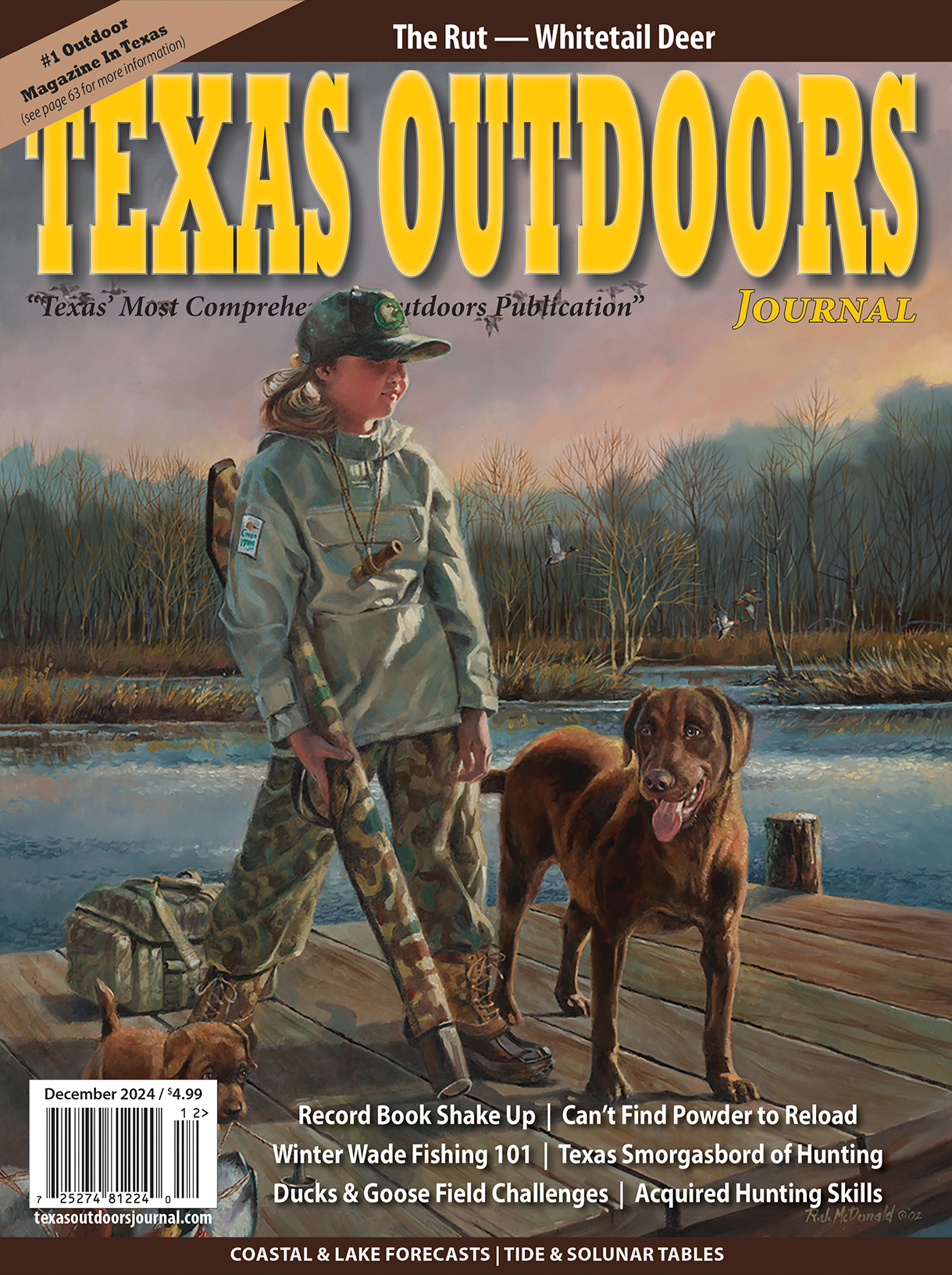
Biologists seek assistance from anglers in tracking American Eel in Texas waterways
AUSTIN — Every now and then, anglers fishing Texas waterways may reel in something unexpected: the slimy, secretive American Eel.
“[The American Eel] is just such a unique species that you don’t see that often, and so when you catch one or you see one, you remember it,” said Texas Parks and Wildlife Department (TPWD) aquatic biologist Stephen Curtis. “It’s going to leave an impression.”
The American eel is found in rivers throughout the eastern half of the United States, but there are still many unanswered questions about the species, especially in rivers that flow to the Gulf of Mexico. TPWD biologists are currently collecting data to better understand this unique species, and they are asking anglers to help in the effort by submitting pictures and information about eels they have caught or observed in Texas waterways.
“In order for us to better manage and conserve this species in Texas, we need to have a better understanding of its distribution, abundance and life cycle,” Curtis said. “We definitely need more data.”
The life cycle of the American Eel is markedly unique. These slippery snake-like fish spawn in the warm waters of the Sargasso Sea, an area of the Atlantic Ocean near Bermuda. The young eels, referred to as leptocephalus larvae, are paper-thin, leaf-like and transparent. Over the next year, they drift on ocean currents to the Gulf of Mexico and east coast of the U.S., where they make their way into estuaries and begin their migration up rivers. Most eels mature in rivers, and may remain inland for over 20 years before they return to the Sargasso Sea to spawn and die.
TPWD biologists urge anyone who catches or observes American Eel in Texas waterways to report their sighting by taking a photo of the eel, recording the location, and contacting the River Studies Program at (512) 745-6844. Anglers can also donate their eel for research by freezing it and contacting the River Studies Program for delivery instructions.
In some areas of Texas, American Eel “lookalikes” occur. American Eel can be distinguished from other eels, such as Snapper Eel and Shrimp Eel, by their distinctive underbite and the presence of a tail-fin. Another creature commonly mistaken for American Eel is the Lesser Siren, an aquatic salamander that can be distinguished by the tiny legs present behind its head. If someone is unsure whether they have captured an American Eel, Curtis encourages them to go ahead and report it.
Each American Eel donated to TPWD will provide scientists with a wealth of information, Curtis said.
“We plan to use the American Eel specimens for genetic testing in order to see if the population we have within Texas is different from the population we have along the Atlantic coast,” he said. “We also are going to be looking for parasites within the eel and extracting their otoliths, a small structure in their inner ear that we can use to age them and determine at what point the eel entered fresh water.”
Curtis said the photos, location data, and other input will be a valuable addition to the project, and will help TPWD better understand, manage, and conserve American Eel in Texas waterways.








